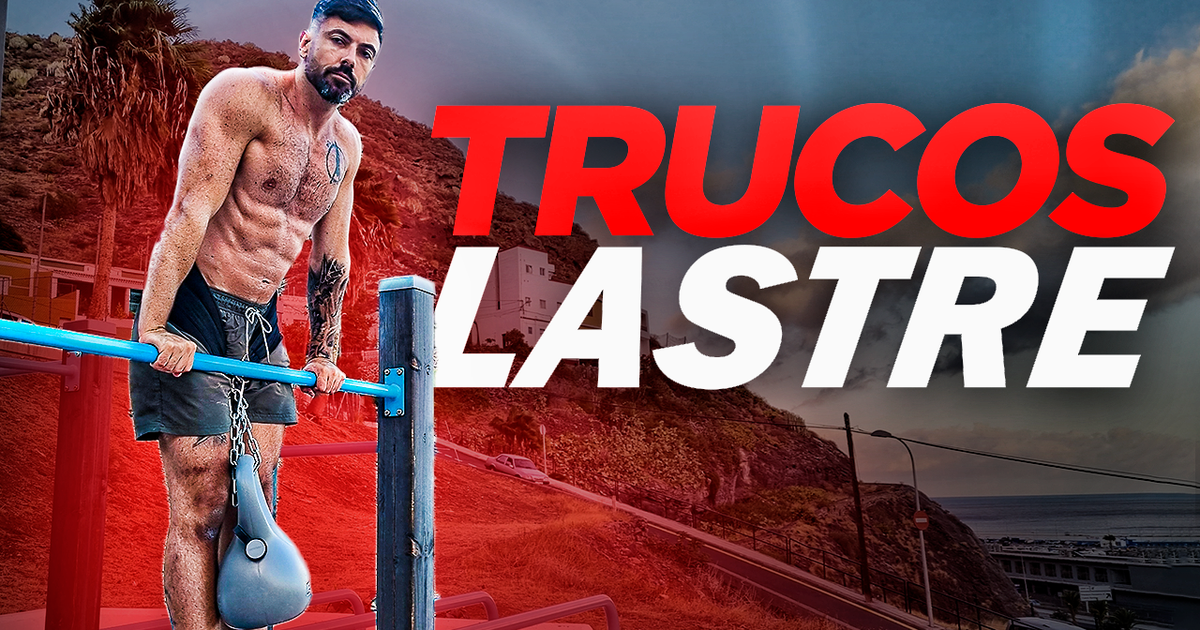
In this article we are going to explain some small tricks and technical details that will allow you to move more weight in the main exercises of weighted Calisthenics, specifically in weighted pull-ups, weighted dips and weighted muscle up.
Weighted dips
The first piece of advice is regarding the position of the head and torso. We tend to think that for a dip to be completely strict, you have to have a straight body, perpendicular to the ground, and a straight head looking to the front.
But in weighted dips this is not the case. In order to get the most out of the movement and lift the most weight, you must lean your torso forward, bringing your chest to a position more parallel to the ground, with your eyes looking down as well.
This will allow you to have a more comfortable lever for your pectoral and obtain its maximum strength.
Weightlifters even do an abdominal crunch on the way down to try to flex their torso a bit more, and release this crunch on the way up so they get a little "push" from the release. This boost is minimal, but in situations where you are working close to your 1RM it can be very helpful.
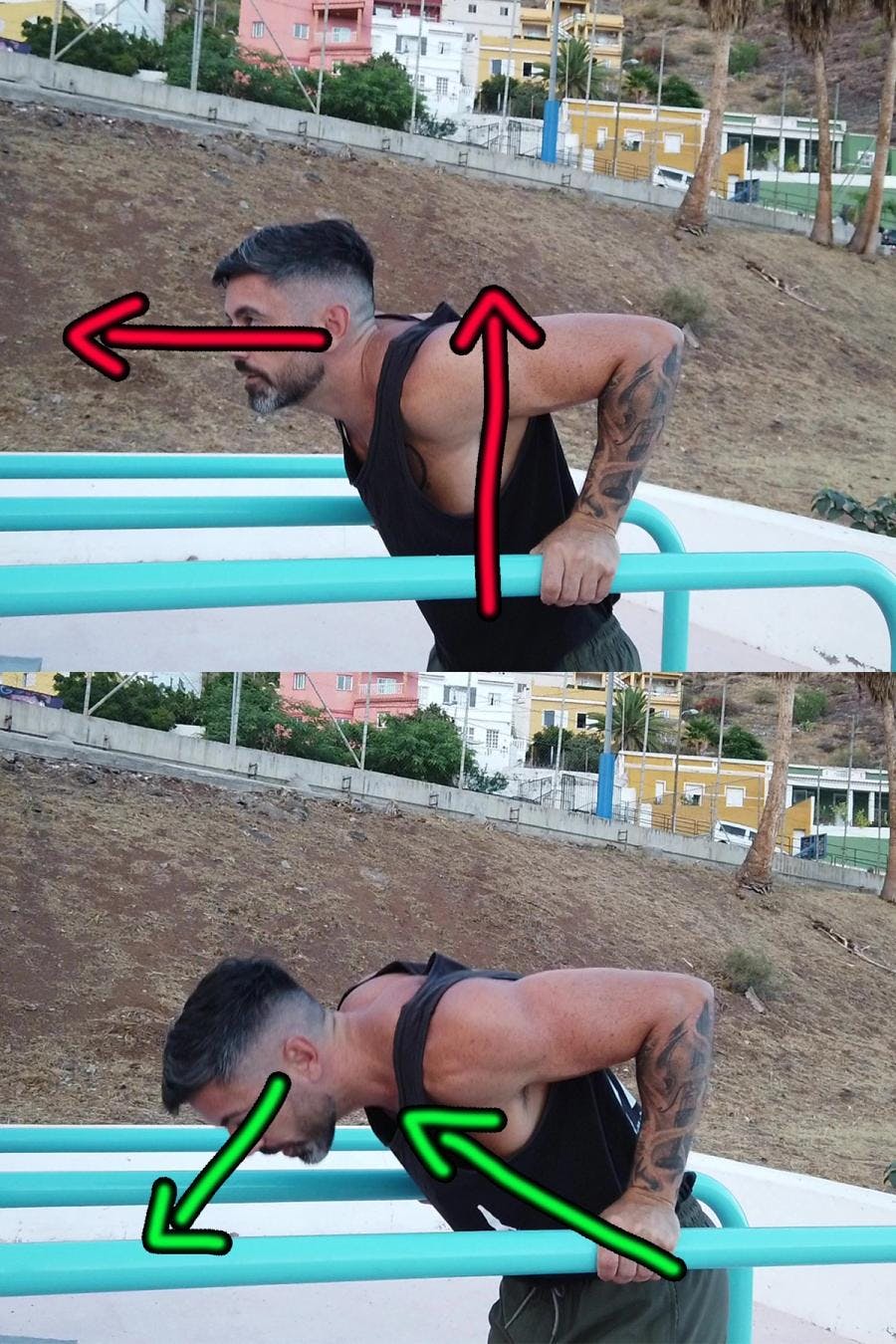
Another point to consider is the placement of the weight. You must try to keep it from not being too low, so that it does not cause you to swing more than necessary, and you must also squeeze it between your legs, so that it moves as little as possible.
Having the weight pinched between your legs will help you to take advantage of the inertia that is generated when you go down (the weight goes backwards), so that it later helps you to "bounce" up.
Pull up
Regarding pull-ups, the first thing we are going to do is choose between prone grip (palms facing forward) or supine grip (palms facing you). This is more a matter of personal preference and your specific morphology, just choose the one that is most comfortable for you and notice that you can exert more force.
In competition both grips are valid. Normally with the prone grip the start of the movement is a little more difficult but it is easier to finish it, and with the supine grip the start is facilitated but the final part is difficult.
Another detail to take into account is that with the prone grip it is recommended to establish a slightly wider than normal separation of the hands, and with the supine grip a slightly narrower separation than normal.
A technique that can help you a lot is the so-called "leg drive". It consists of applying a small movement with the legs just as you start to climb, so that it helps you slightly.
You have to be very careful with this leg drive as it is allowed in competition but it has to be very light. If you do it by bending your knees or in a too obvious way, they will judge the repetition as null.
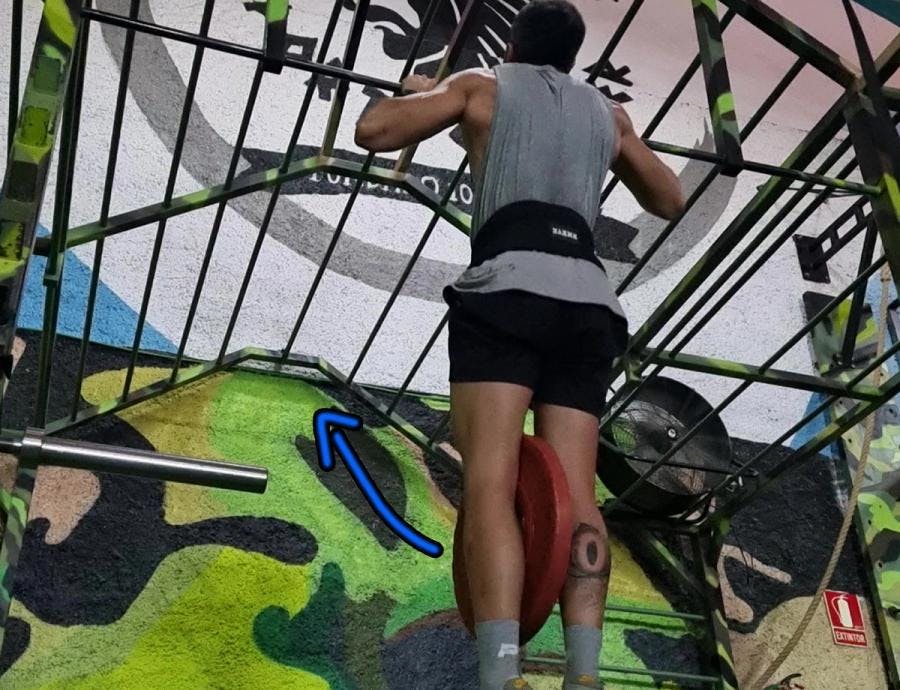
Muscle up
In the case of the muscle up, we have 4 key points that will help you a lot.
The first is the issue of initial balancing. Try not to make it a pendulum swing, but rather an arrow swing. Imagine that you want to step on a button that is placed on the ground one meter ahead of your position. This will mean that when you come back from swinging you don't have as much inertia backwards, which would make it difficult to execute.
The second point is the grip. You must use what is known as a high grip, which is not the same as a false grip. The false grip consists of your wrist being completely above the bar, this is not allowed in competition. However, a high grip is where your wrist is slightly higher than a normal grip where you are completely off the hook, but not over the bar.
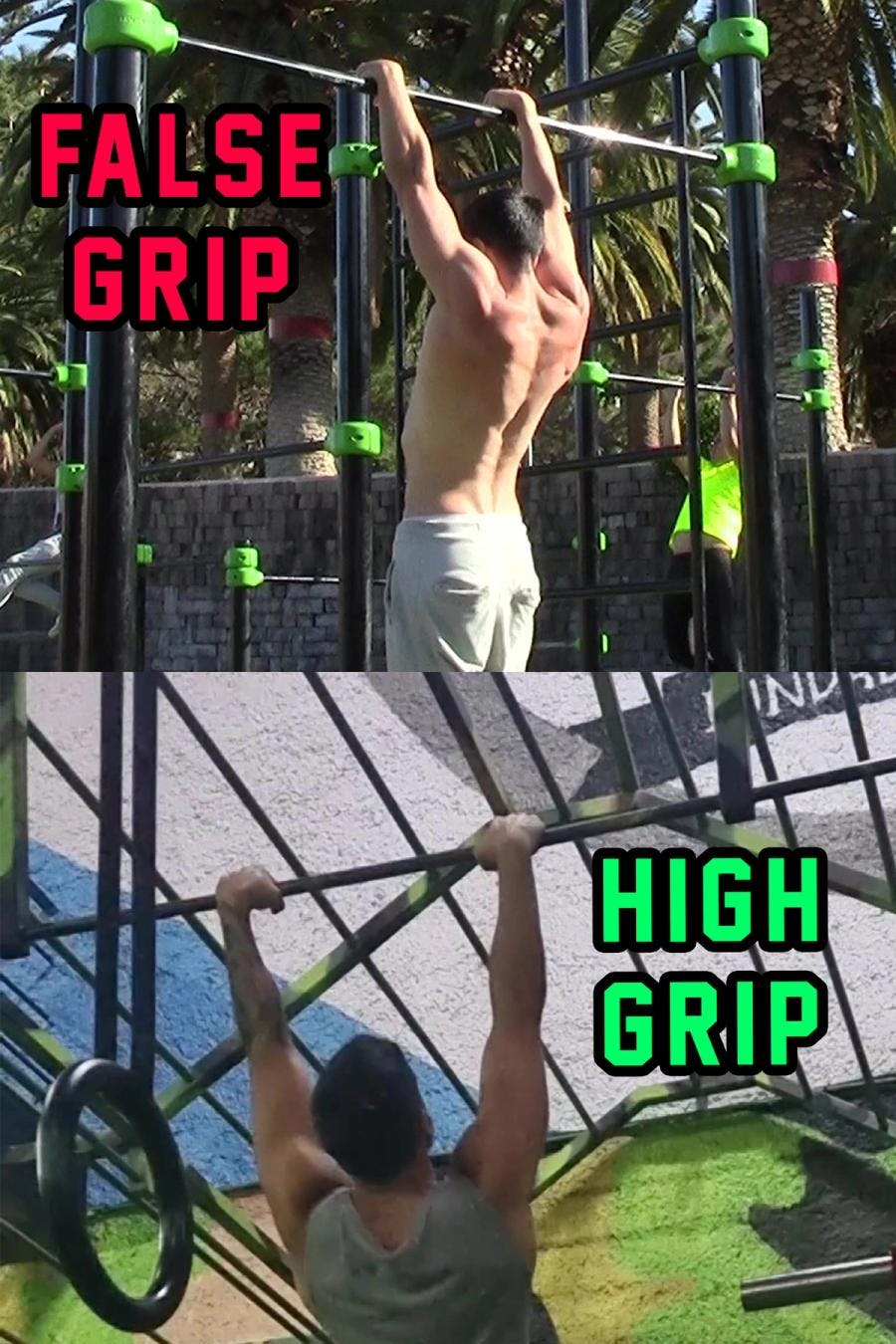
The third tip is to look up. This small detail will allow you to better calculate the distance of your torso with respect to the bar when you go up, which will save effort and in borderline cases it can be the difference between completing the movement and not succeeding.
When you keep your gaze straight ahead, you can't accurately gauge how close your torso is going to pass the bar, so you tend to pass too far, wasting momentum and effort.
Finally, another very noticeable aid is to place the weight in front of the legs, instead of between the legs. In competition you must review the regulations since in some it is allowed and in others it is not.
By having the weight in front, a little backward force is generated in your legs, which, added to your hip flexion and abdominal contraction, becomes a lever that helps you to go forward when going over the bar.
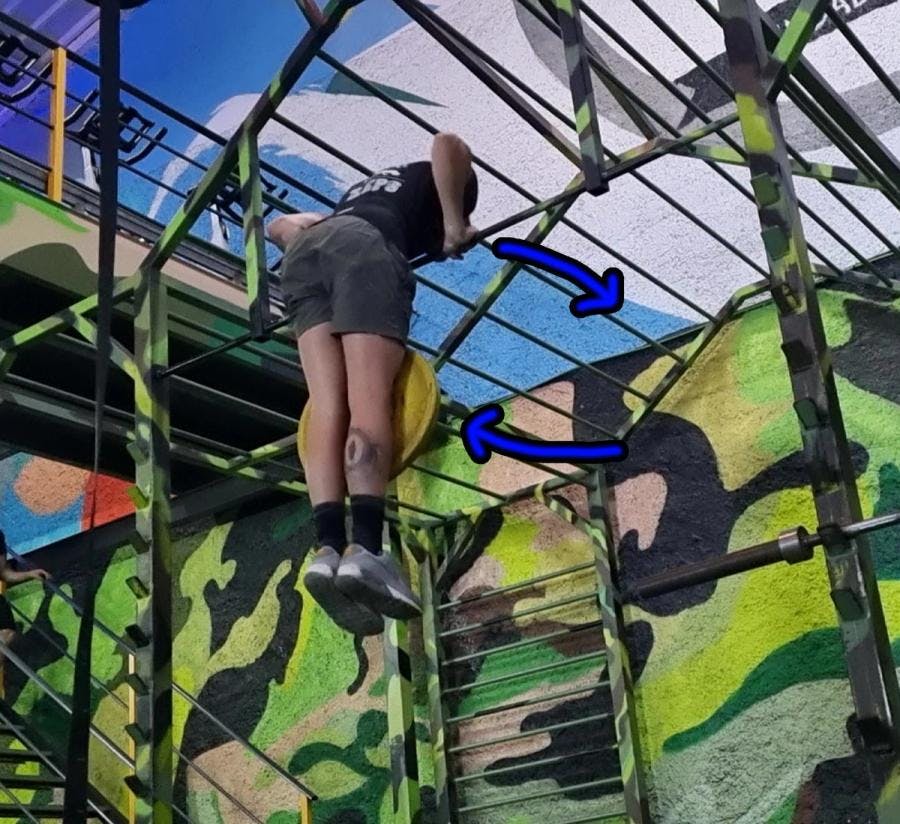
To finish, remind you that in Calisteniapp you have a complete section of weighted routines so that you have examples of how to perform your workouts.
Autore

Yerai Alonso
Cofundador de Calisteniapp, referente en calistenia y el street workout en Español. Con más de una década de experiencia, es creador de uno de los canales de YouTube más influyentes del sector. Autor del libro La calle es tu gimnasio, campeón de Canarias y jurado en competiciones nacionales e internacionales.
Unisciti alla nostra newsletter
NUOVI ARTICOLI OGNI SETTIMANA
Impara tutto quello che devi sapere sulla calisthenica
Calisteniapp
Inizia l'allenamento di calistenia e street workout
